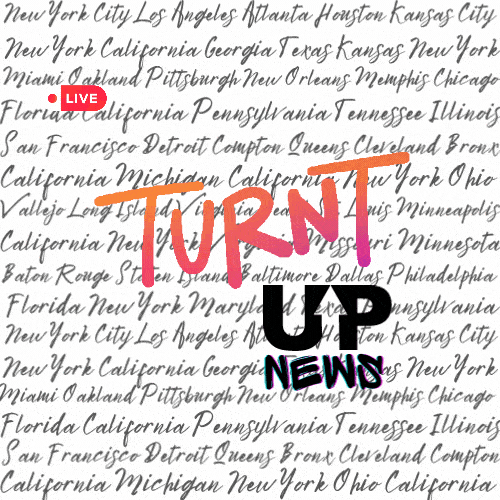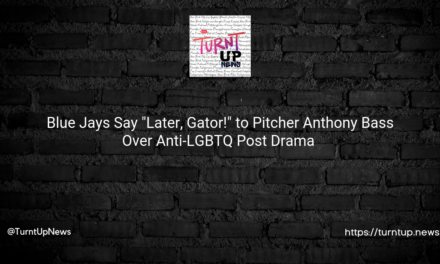🌊Surf’s Up, Florida! It’s a Tsunami, But Not Like You’d Expect 🤔
TL:DR; 😎 Sunshine state surfers had to unexpectedly deal with more than just sunburn last week, as a rare 4-foot tsunami made its way to Clearwater Beach, Florida. But before you pack your disaster kit, this wasn’t a regular tsunami, it was a cool meteotsunami, caused by stormy gusts rather than tectonic jostling. 💨🌊
Dude, where’s my beach chair? 🏖️ You’re lounging at Clearwater Beach, Florida, expecting nothing more than the occasional rogue seagull, when BOOM, a wave strong enough to knock over beach chairs and shake up your usual Wednesday comes in. What’s that? A tsunami in Florida? More or less, but not the kind you’re picturing.
This 4-foot wave-rider, confirmed by the National Weather Service, was a meteotsunami, the cool cousin of your run-of-the-mill earthquake-induced tsunami. This type is stirred up by storms and their gusty winds. No fault lines? No problem! 🌀🌊
So, what’s up with this meteotsunami business? 🤷
According to Paul Close, the guy who keeps an eye on the weather at the National Weather Service in Tampa Bay, this can happen when a storm line does its catwalk over the ocean. Winds near the leading edge, which can go up to 30-50 mph, give the water a push, creating a wave that eventually does a high-five with the coast.🌬️🌊
Now, these aren’t the party crashers that hang around for hours. No, sir! Meteotsunamis have a one-hour expiration date, peacing out once the storm heads inland. ⏳⛈️
This Clearwater Beach meteotsunami was a full 2.5 feet higher than the expected wave height and 4 feet above the average sea level. So, it was the big guy in the room, but not the biggest. We’ve seen 6-foot and taller meteotsunamis making a splash around the world.🌍🌊
Now, before you start waiting for your meteotsunami alert, know that the weather service doesn’t really issue specific advisories for these guys. But if they foresee a storm packing enough punch, they will put out a coastal flood watch or warning. ⚠️🌩️
When does Mother Nature decide to throw these meteotsunami pool parties? 💦
Paul Close tells us that these rogue waves are more likely to happen during Florida’s winter, courtesy of stronger storms and squall lines – basically, a storm’s entourage with wind and rain throwing their weight around. These storms are like rare Pokémon during this time of year, but the current atmospheric pattern has been throwing curveballs. ⚡
The heatwave in Texas and the cool, damp weather in the Northeast have been playing around with wind patterns. The east wind has been replaced by the west wind for most of June. We’re looking at you, Mother Nature.🔥❄️
Now, here’s a thought: how might our climate’s ever-changing personality impact these meteotsunami occurrences? 🌍💭 And, more interestingly, if these events become more frequent, how should our sunny-day-at-the-beach strategies change? Sunscreen, check. Towel, check. Tsunami prep…? 🤷🌊





